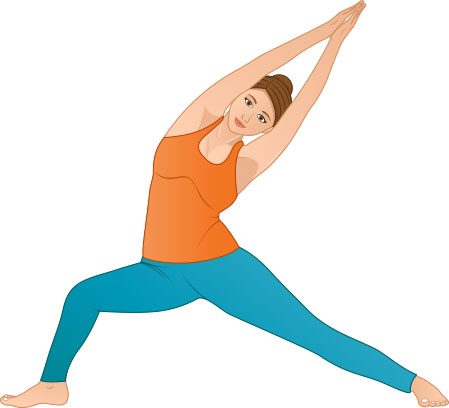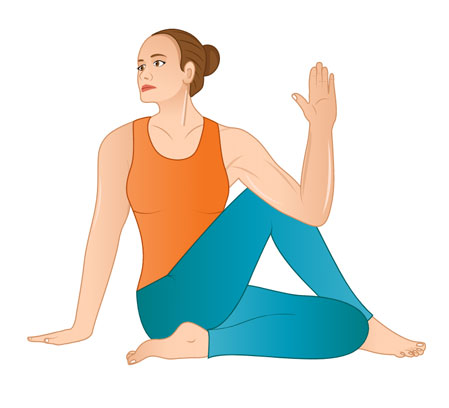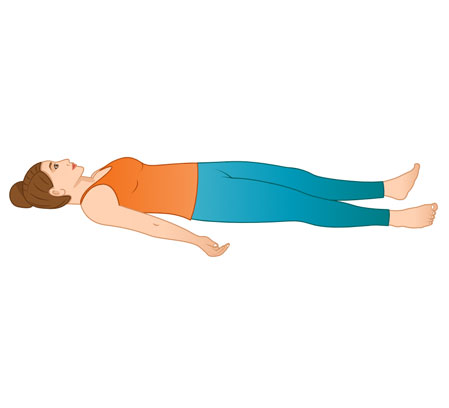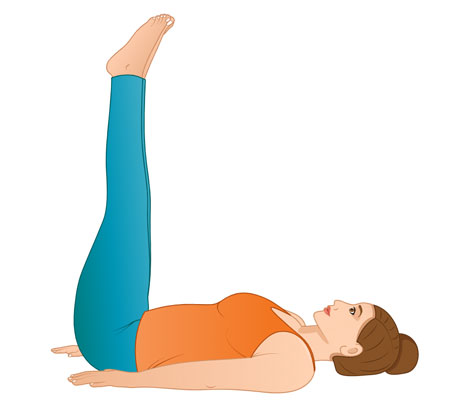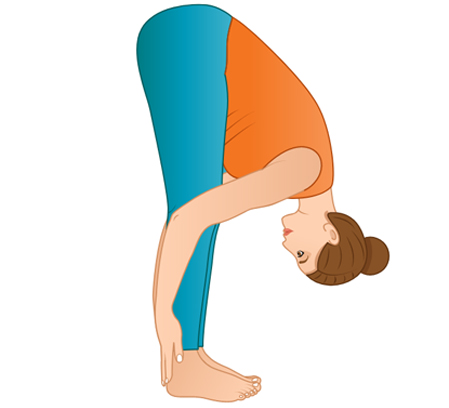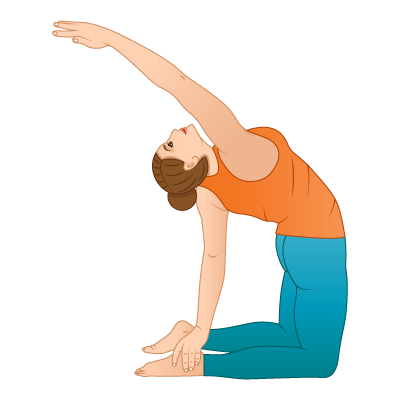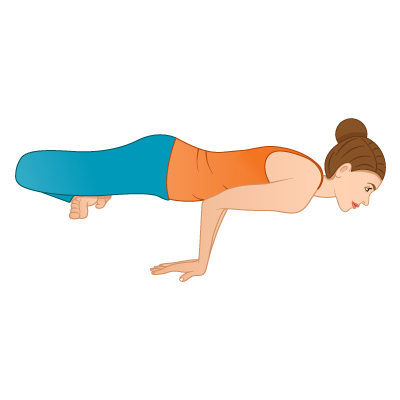Instructions For Yoga Teachers
All articles have been written by other teachers for the purpose of assisting you in both instruction and commentary throughout your class. Make sure you check our the «teacher queues» section, designed for you to use as is or as a resource for helping you spin and create class commentary in your own style.
Instructions For Students
Follow step-by-step posture instructions; discover different counter poses and variations, contraindications and much more.
YOGA POSES AND ASANA DIRECTORY
STANDING
Standing postures are the first yoga poses we learn and teach to others. These poses provide a top-to-toe full body and spinal stretch. Regular practice strengthens the abdominals, back and legs, improving posture and balance.
SEATED/TWISTS
Seated positions calm the mind and encourage concentration. These are the best postures for practicing breathing techniques, meditation and stillness. When combined with twists or stretches, these poses release muscular knots, improving the flow of energy in the body.
RECLINING
Reclining poses have many uses and variations in yoga. They are practiced lying on the front or back. These poses may be dynamic or static. They are commonly practiced during the `cool down’ part of the yoga class.
INVERSIONS
Inverted poses, place the body upside down. They encourage blood flow to the brain and heart. These poses stimulate the metabolism and pituitary glands. The breath becomes slower and deeper. Regular practice of inversions has a positive effect on mood and thinking.
FORWARD BENDS
Forward bends are counter poses to backbends. They bring the senses inward and push the chest down. Backbends open the chest and lungs, making it easier to breath-in. These poses do the opposite, compressing the lungs and pushing air out. This encourages withdrawal of the sense,
BACK BENDS
Backbends open the body and senses. These poses are dynamic and stimulating. The chest expands to help the lungs take in more breath. They stretch and tone the back and spine. Regular practice of backbends benefits the nervous, digestive, cardiovascular and glandular systems.
